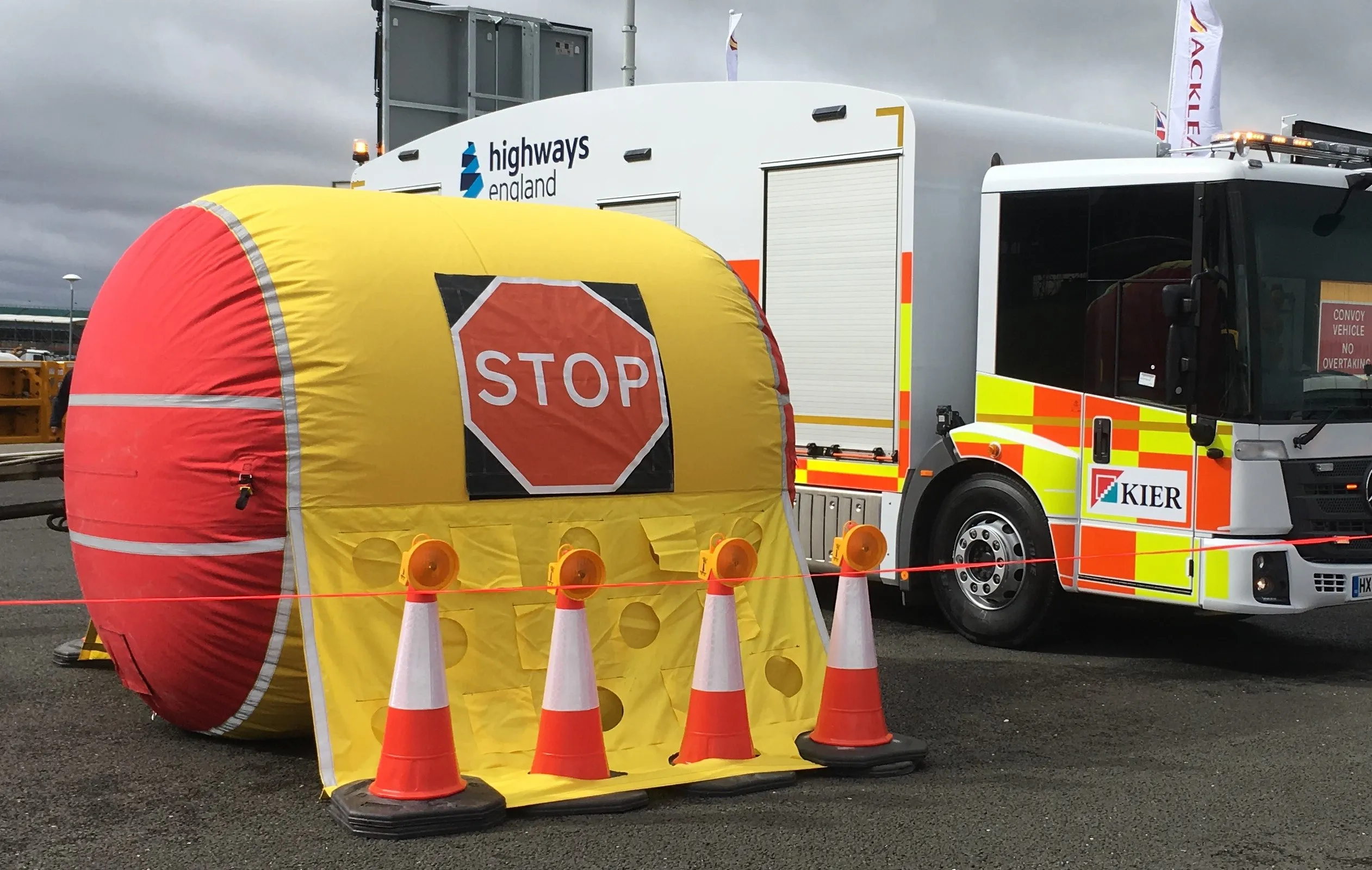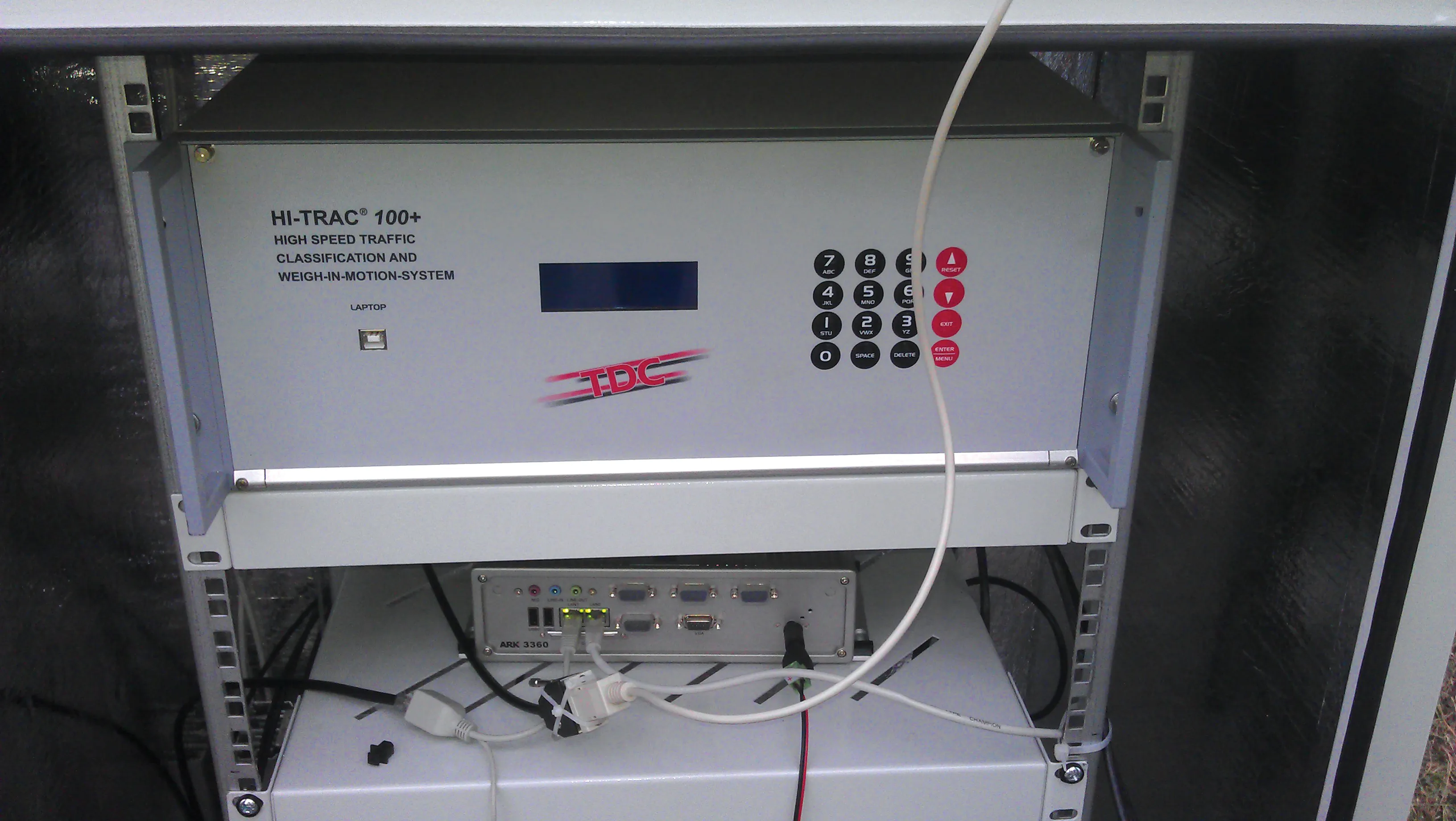The new Kinrara-Damansara Skyway (Kidex) being planned for Malaysia is expected to help reduce traffic congestion. A study carried out by SKM-CB Colin Buchanan-Sinclair Knight Merz in 2011 indicated that the highway will be able to lower travelling time between Damansara and Kinrara by 25%. Meanwhile the volume of traffic in both directions from Puchong to Petaling Jaya will be lessened by 50%. From Taman Tun Dr Ismail, from Bandar Utama to Petaling Jaya and from the New Klang Valley Expressway (NKVE), traf
April 22, 2014
Read time: 2 mins
The new Kinrara-Damansara Skyway (Kidex) being planned for Malaysia is expected to help reduce traffic congestion. A study carried out by SKM-CB Colin Buchanan-1524 Sinclair Knight Merz in 2011 indicated that the highway will be able to lower travelling time between Damansara and Kinrara by 25%. Meanwhile the volume of traffic in both directions from Puchong to Petaling Jaya will be lessened by 50%. From Taman Tun Dr Ismail, from Bandar Utama to Petaling Jaya and from the New Klang Valley Expressway (NKVE), traffic volume will reduce by some 30%. The study will be updated to take the newest traffic conditions into consideration. Some 90% of Kidex will be elevated and will be built over existing Petaling Jaya roads. The 14.9km Kidex project, which has been given in principal approval from the government, will have seven interchanges and two tolls. More highways are required in Malaysia due to the increasing number of cars on the road. A 2008 study showed that by 2025, Malaysia would have 3.9 million cars on the road.







